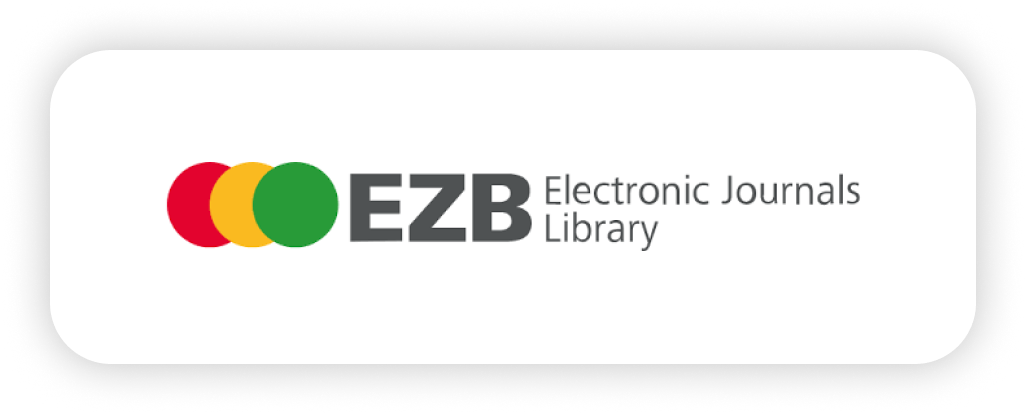Comparison of Double Exponential Smoothing Method with Weighted Moving Average in Forecasting UD Sales. Setya Abadi D. M as Financial Literacy
DOI:
https://doi.org/10.38142/jebd.v2i1.121Keywords:
Forecasting, Weighted Moving Average, Double Exponential Smoothing, Mean Absolute Percent ErrorAbstract
Purpose:
UD. Setya Abadi D. M is a business unit focusing on the food industry, such as making frozen food (Maryam, churros, tortillas). In carrying out its production activities, this company certainly needs a strategy to compete with other competitors, one of which is forecasting. In this research, the data used is past product sales data from July 2021 to June 2023. This research aims to forecast sales in the future period in order to meet customer needs.
Methodology:
This data processing uses the weighted moving average and double exponential smoothing methods, which are then tested with the Mean Absolute Percent Error value. Forecasting with the lowest MAPE value is an effective method. The α value used in the double exponential smoothing method from 0.1 to 0.9 is chosen to have the lowest MAPE level: α = 0.6 and α = 0.7. Meanwhile, the weighted moving average method uses three months and four months.
Findings:
In the MAPE calculation, the results obtained for double exponential smoothing α = 0.6 are 6.45%, and α = 0.7 are 7.14%, while the moving average n = 3 is 13.59%, and n = 4 is 13, 48 %.
Implication:
It can be concluded that the lowest MAPE value was produced using the DES (Double Exponential Smoothing) method with ???? = 0.6 with a MAPE value of 6.45%. This value is lower than DES ???? = 0.7, 3-month WMA, and 4-month WMA with weights of 0.4, 0.3, 0.2, 0.1.
Downloads
References
Alfarisi, S. (2017). Sistem Prediksi Penjualan Gamis Toko QITAZ Menggunakan Metode Single Exponential Smoothing. JABE (Journal of Applied Business and Economics), 4(1), 80. https://doi.org/10.30998/jabe.v4i1.1908
Aprilyanta, I. G. B., Ariesta, L., & Sherly, C. (2022). Perbandingan Implementasi Metode Weighted Moving Average dan Metode Single Exponential Smoothing pada Penentuan Persediaan Obat. Jurnal SAINTEKOM, 12(2), 137–145. https://doi.org/10.33020/saintekom.v12i2.317
Atmaja, K. J., Bagus, I., Anandita, G., & Exponential, S. (2021). Sales Forecasting System Using Single Exponential Smoothing. JurnalMantik, 4(4), 2552–2557. https://iocscience.org/ejournal/index.php/mantik
Awaluddin, R., Fauzi, R., & Harjadi, D. (2021). Perbandingan Penerapan Metode Peramalan Guna Mengoptimalkan Penjualan (Studi Kasus pada Konveksi Astaprint Kabupaten Majalengka). Jurnal Bisnisman: Riset Bisnis Dan Manajemen, 3(1), 12–18. https://doi.org/10.52005/bisnisman.v3i1.43
Aziza, J. N. A. (2022). Perbandingan Metode Moving Average, Single Exponential Smoothing, dan Double Exponential Smoothing pada Peramalan Permintaan Tabung Gas LPG PT Petrogas Prima Services. In Jurnal Teknologi dan Manajemen Industri Terapan (Vol. 1, Issue I). https://doi.org/10.55826/tmit.v1ii.8
Destyarini, S. A., & Tanaamah, A. R. (2021). Pendekatan Metode Ward and Peppard untuk Perencanaan Strategis Sistem Informasi DISPERINNAKER Kota Salatiga. JATISI (Jurnal Teknik Informatika dan Sistem Informasi), 8(2), 480–493. https://doi.org/10.35957/jatisi.v8i2.899
Dwi, I. P. S., Ayus, Ahmad, Y., & Robi, A. (2021). Peramalan Penjualan dengan Metode Exponential Smoothing dan Metode Least Square Guna Mengoptimalkan Penjualan Produk Nugget Maila Sari Desa Banjaran, Kecamatan Salem, Kabupaten Brebes. Jurnal Bina Bangsa Ekonomika, 14(1), 110–118. https://doi.org/10.46306/jbbe.v14i1.64
Heizer, J., Render, B., Munson, C. L., & Griffin, P. (2020). Operations Management: Sustainability and Supply Chain Management. New York, NY: Pearson.
Kurniawan, M. H., & Herwanto, D. (2021). Penerapan Metode Double Exponential Smoothing dan Moving Average pada Peramalan Permintaan Produk Gasket Cap di PT. Nesinak Industries. Jurnal Serambi Engineering, 7(1), 2537–2546. https://doi.org/10.32672/jse.v7i1.3709
Nabillah, I., & Ranggadara, I. (2020). Mean Absolute Percentage Error untuk Evaluasi Hasil Prediksi Komoditas Laut. JOINS (Journal of Information System), 5(2), 250–255. https://doi.org/10.33633/joins.v5i2.3900
Ogbari, M. E. (2023). Exploring The Influence of Entrepreneurial Abilities on Graduates' Risk-Taking Readiness. Journal of Entrepreneurial and Business Diversity, 1(1), 59-71. https://doi.org/10.38142/jebd.v1i1.56
Sanusi, S., & Riyadi, P. (2023). The Effect of Clarity of Budget Targets and Reporting System on Performance Accountability with Internal Control as Intervening Variables in SKPD Kotabaru District Government. Journal of Entrepreneurial and Business Diversity, 1(1), 05-18. https://doi.org/10.38142/jebd.v1i1.36
Sofiati, A. O., Anggraini, I. S. K., & Marzuki, A. (2022). Pelatihan Literasi Keuangan melalui Peramalan Penjualan Camilan Kacang Bawang pada Rumah Usaha Momprenuner Giwangan Yogyakarta Pendahuluan Wanita mempunyai peluang berwira usaha dengan membuka rumah usaha (Mompreuner) melalui pengembangan hobi, ide, k. 3(2), 146–155.
Downloads
Published
Issue
Section
License
Copyright (c) 2024 David SAPUTRA, Nanik HARIYANA

This work is licensed under a Creative Commons Attribution-NonCommercial 4.0 International License.
Creative Commons Attribution-NonCommercial 4.0 International License.



















